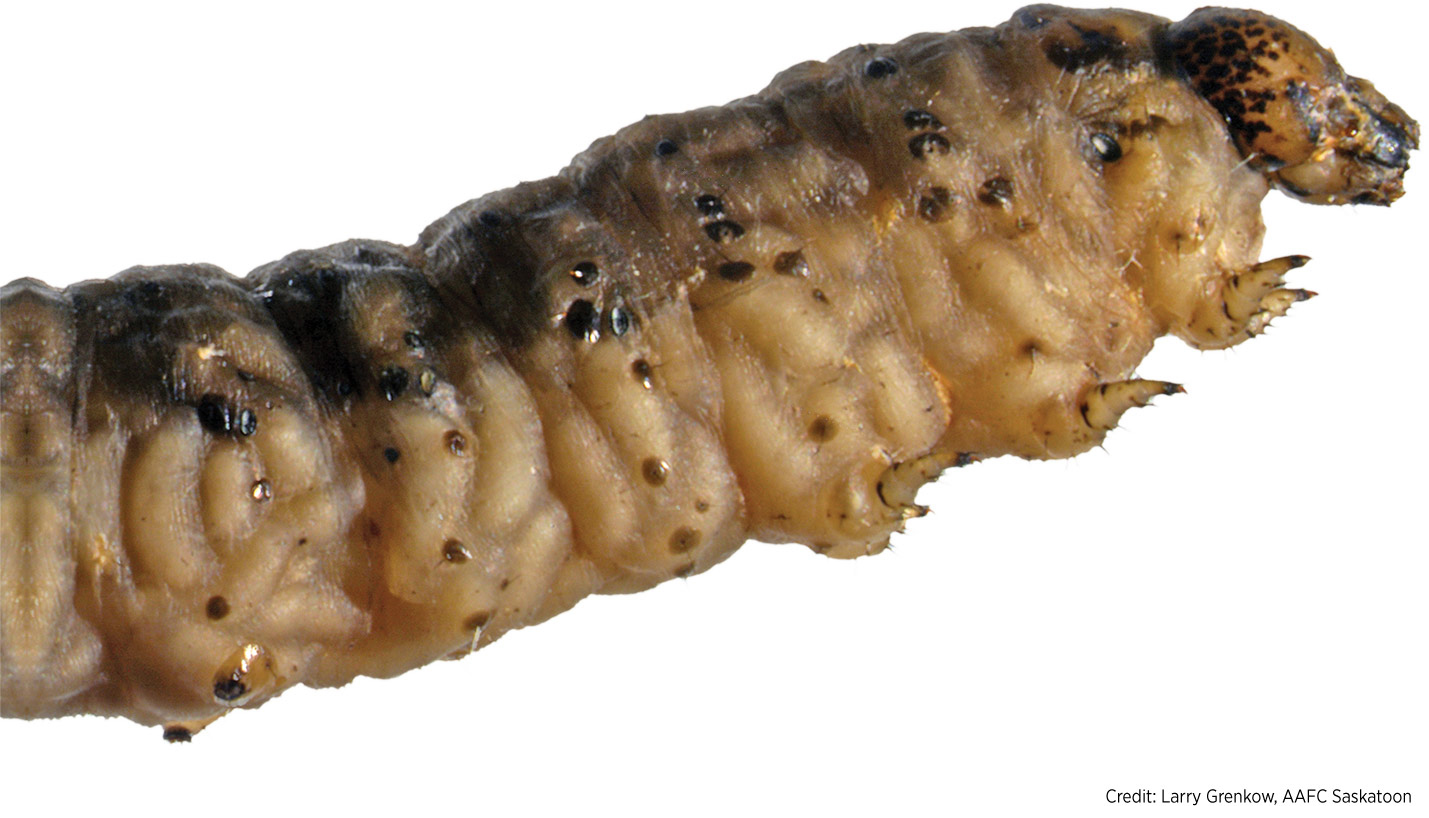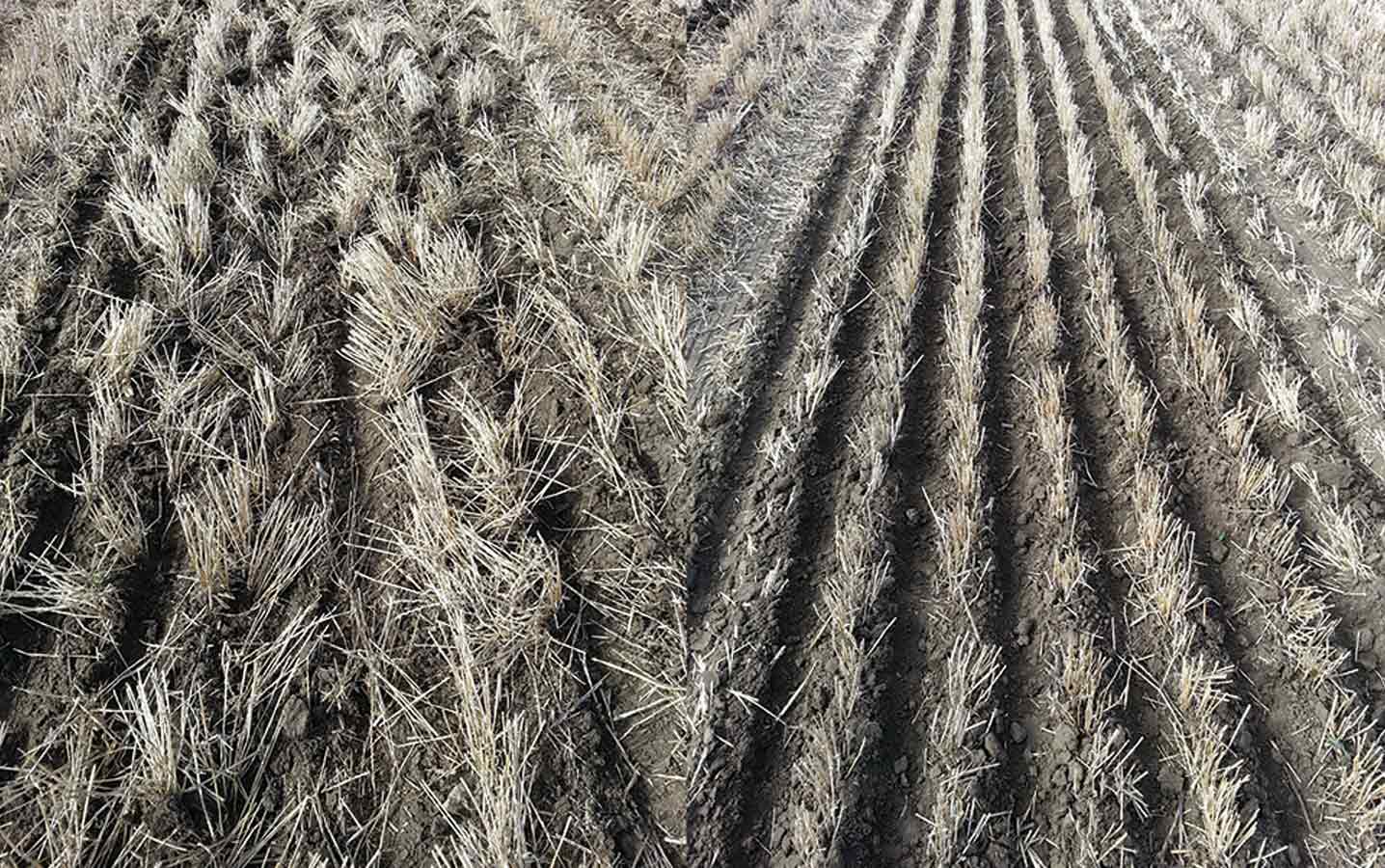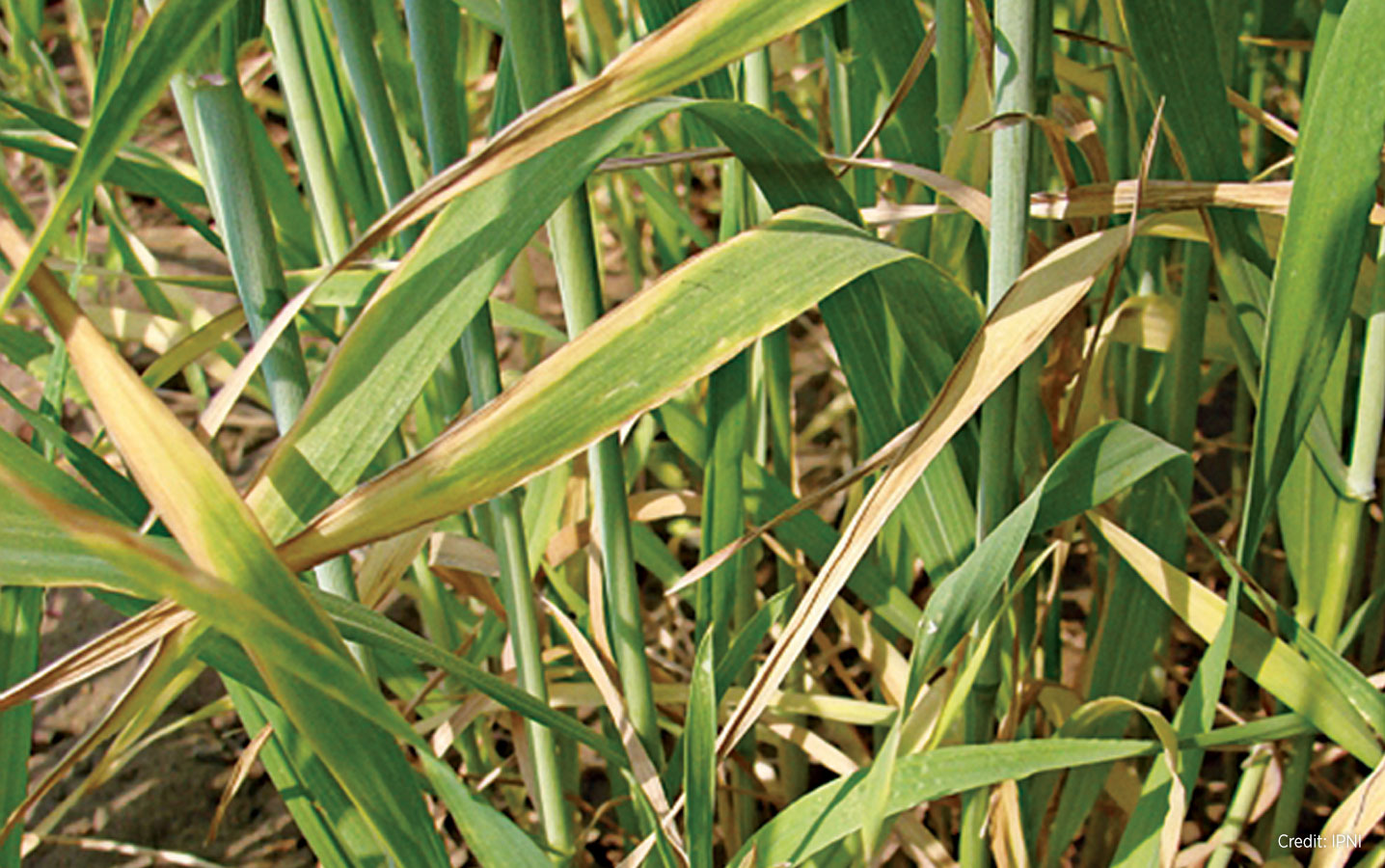
Science Edition 2015—Key practice: The key to minimizing damage from cutworms is early detection through frequent field scouting. Proper identification of cutworm species can be important in the protection of beneficial insects and implementation of other biocontrols. Project title, Lead researcher: “Biocontrol of canola cutworms: Identification and attraction of parasitoids,” 2012-15, Barbara Sharanowski, University of Manitoba Grower organization...
Read More Science Edition 2015—Key practice: This study found that most hybrids could be straight combined successfully with minimal harvest losses when harvested in a timely manner under reasonably average environmental conditions. When making a seed decision, balance pod shatter resistance with other selection factors including yield potential, herbicide system, days to maturity and other agronomic factors. Project title,...
Read More 
Science Edition 2015—Key Practice: Seeding into bare soil between the previous year’s stubble rows will improve canola germination and plant establishment without increasing seed costs. Project Title, Lead Researcher: “Seeding Between the Lines: evaluating the potential of inter-row seeding for canola in southern Alberta,” 2011-14, Ken Coles, Farming Smarter Grower organization funder: ACPC Highly accurate GPS guidance...
Read More 
Science Edition 2015—Key practice: Crucifer and striped flea beetles react differently to their environment and to seed treatments. It is important to monitor emerging canola seedlings to know what you’re up against. Project title, Lead researcher: “Potential flea beetles species composition shift in Prairie canola,” 2007-12, Juliana Soroka, Agriculture and Agri-Food Canada (AAFC) Saskatoon Grower organization funder:...
Read More 
Science Edition 2014—Most canola crops grown in Western Canada are not short of potassium because most Prairie soils have sufficient potassium levels. Sandy soils with low clay content are most likely to be short of potassium, especially if those fields have been in forages where a large percentage of the biomass is removed each year. Cereals in...
Read More







